How this all-wheel-drive muscle car can help you understand data analytics for cars
The 2018 Dodge Challenger GT has all the stats
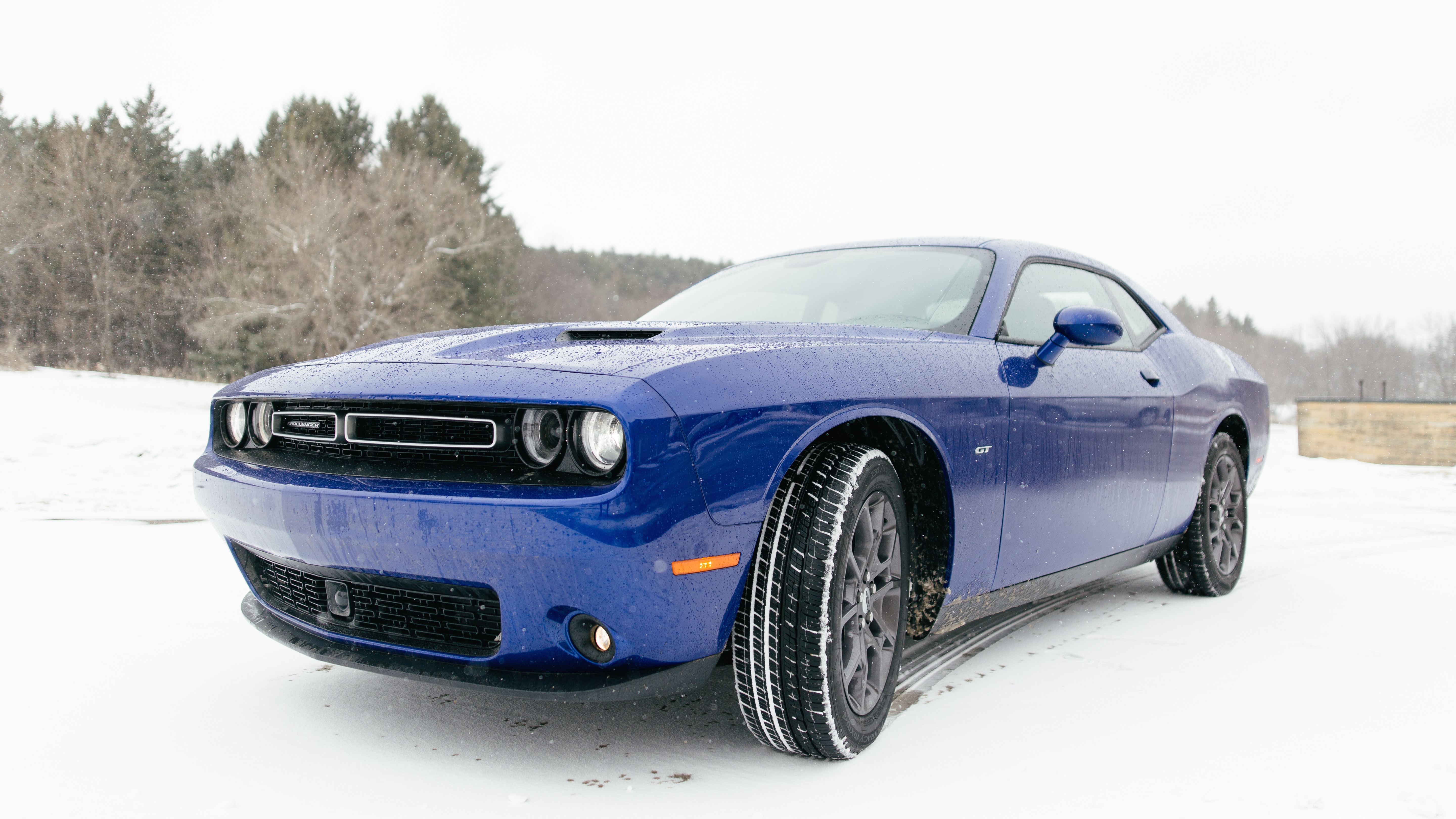
Image credit: Josiah Bondy
The level of driver feedback in the 2018 Dodge Challenger GT is quite astounding.
As you drive this at $33,495 all-wheel-drive muscle car, you can use the Performance Pages app to monitor things like acceleration, the current horsepower, and engine RPMs.
It’s a sign of how we’ll learn more about vehicle dynamics in real-time, especially once cars can drive on their own.
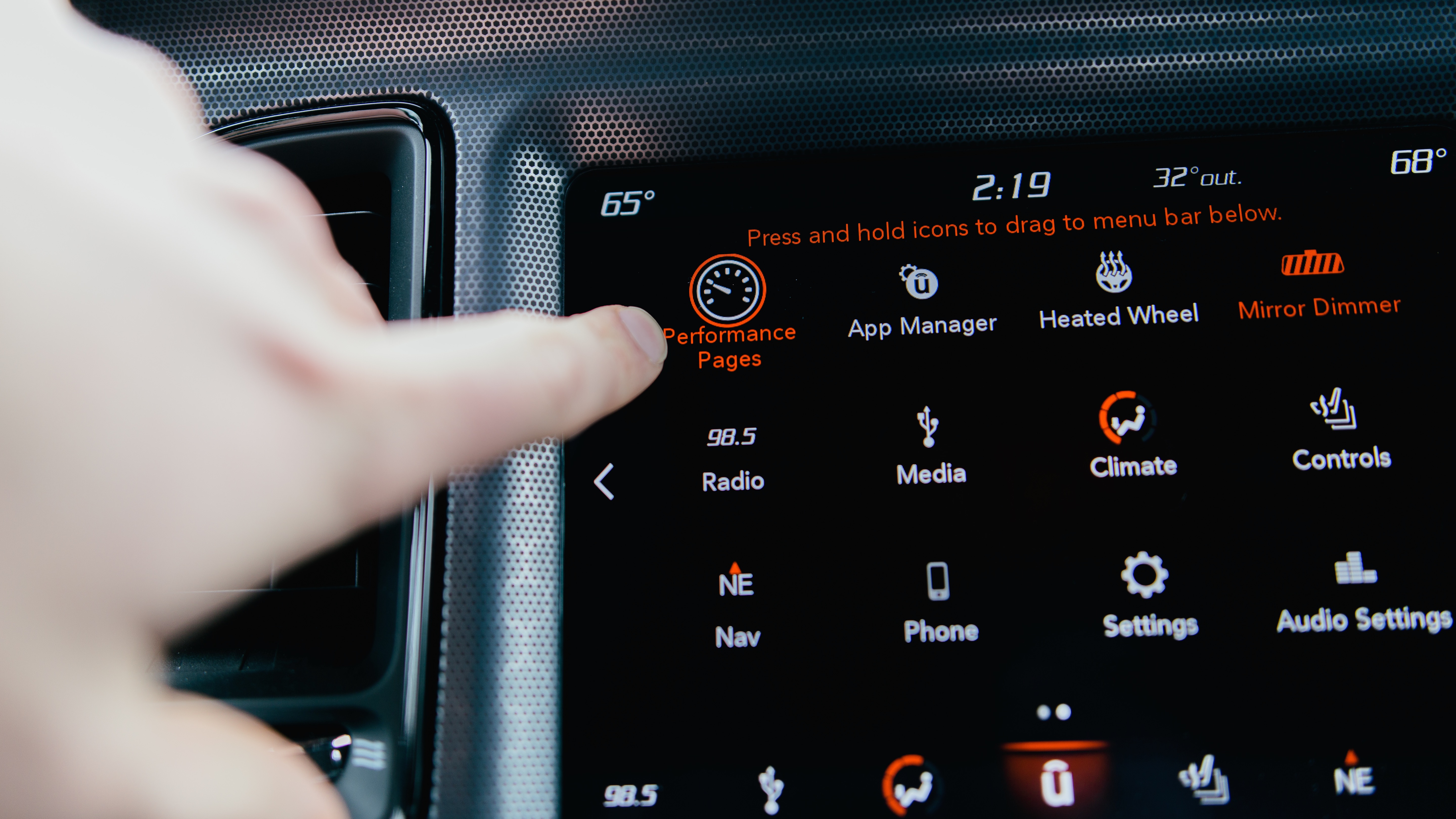
To access the app, you have to press the app's icon and flick one page to the right on the main 8.4-inch touchscreen.
The app, which looks a bit like the instrument cluster you might find above the steering wheel on some cars, takes a few seconds to load, presumably because it’s connecting to the sensors in the car that monitor things like oil pressure, current horsepower, and the G-Force.
That last reading is the most interesting by far, at least in terms of how you can measure what's happening as you drive. G-Force is the gravitational pull you feel, so when you accelerate hard or take a corner fast, you’ll see a higher number.
Get daily insight, inspiration and deals in your inbox
Sign up for breaking news, reviews, opinion, top tech deals, and more.
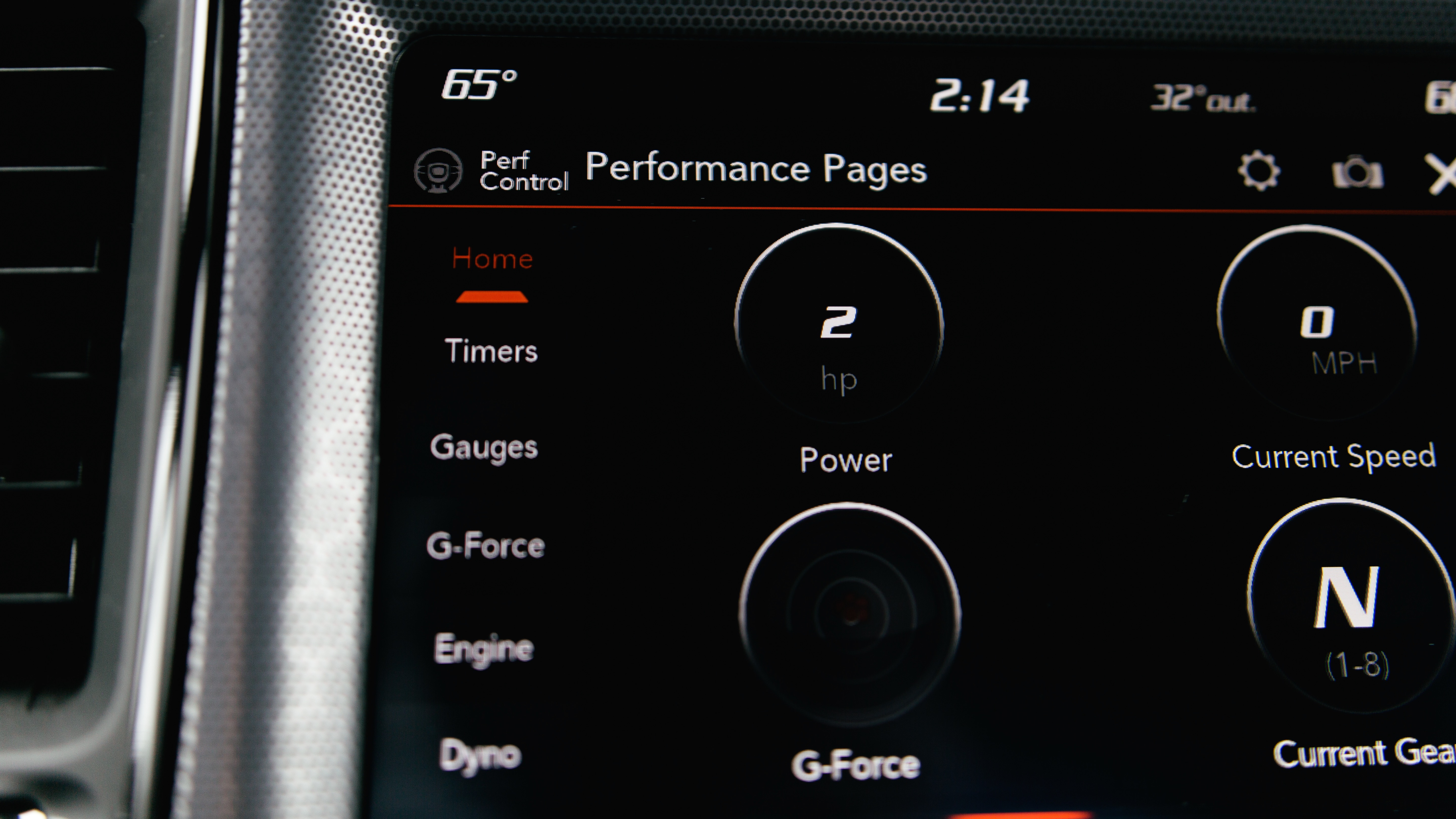
Testing the Challenger was a bit of a, well, challenge. A heavy coating of snow on icy roads in late March meant the AWD had to work overtime. (On one of the days during the week-long test, the roads were perfectly dry, however.)
The gauge for G-Force helped on a tight corner. Taking it a few times meant it was possible to see how far you can push the car in a consumer, everyday-driver sense, since none of these tests were done at a track or were too edgy.
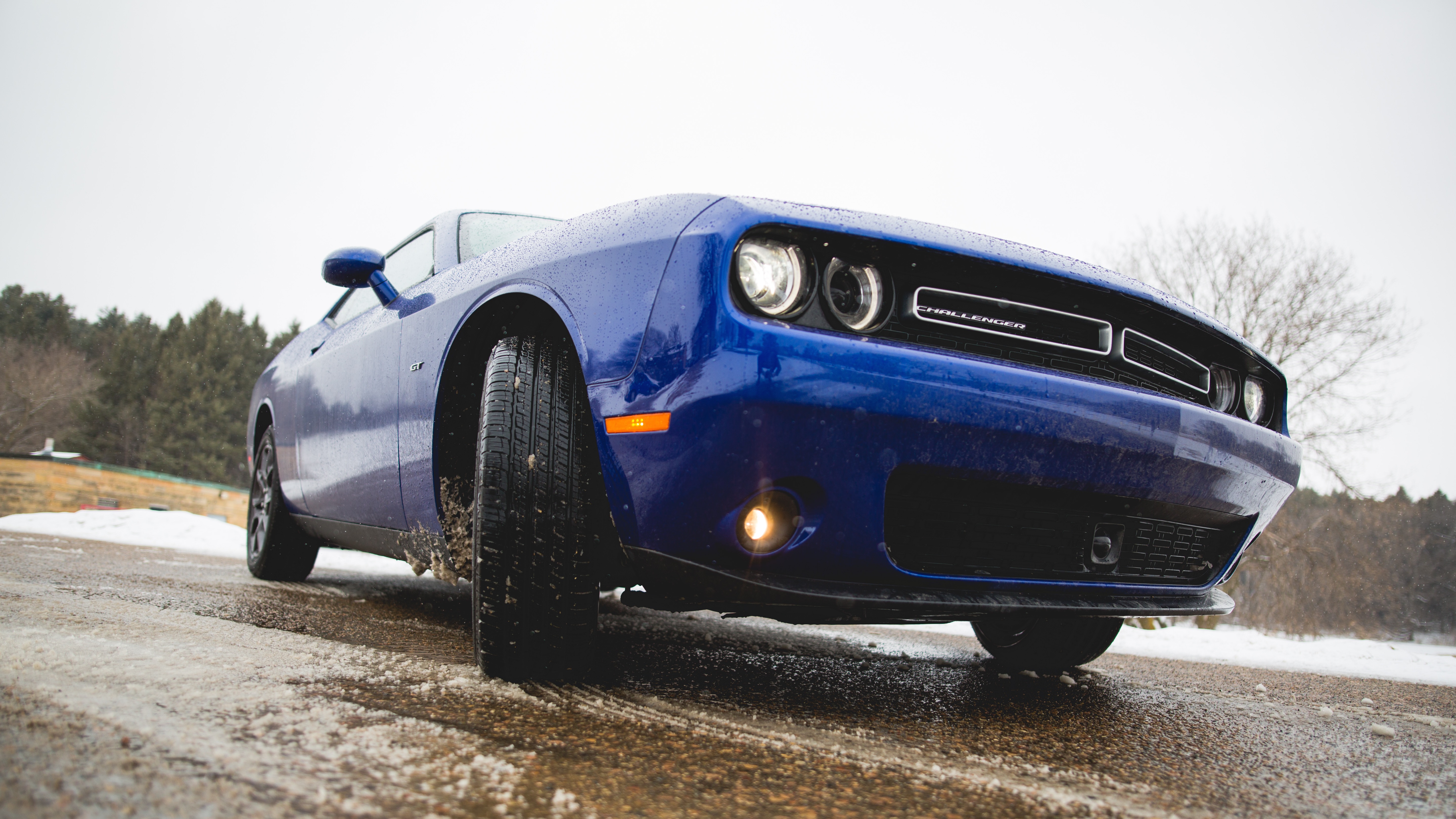
Performance Pages also shows a screen where you can measure things like your 0-60 acceleration and braking distance.
To change each “page” you press an icon along the left-hand side. What is perhaps most interesting about the app, which has been in many Challenger models for a few years now, is that it keeps improving.
The Dyno screen shows the current torque of the car compared to your current speed, and it’s easy to see the owner experimenting with some of these monitoring systems on a daily basis.
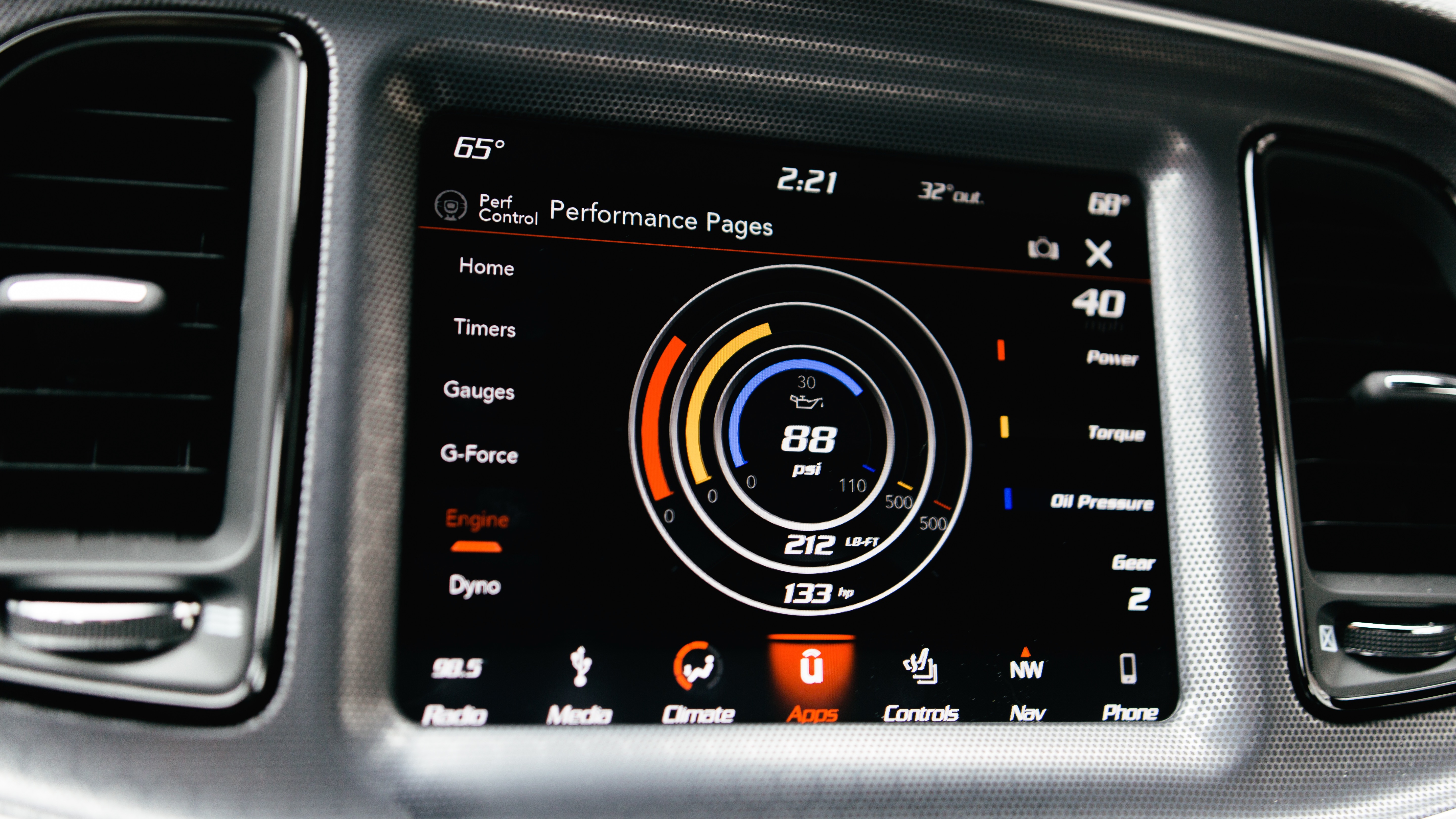
You can see where it might lead. Someday, cars will drive themselves. We’ll want to know much more about the state of robotic driving and feed this data into what might become a traffic control center in cities.
We can also see some implications here for throttling how fast cars can go or for evaluating accidents.
For everyday autonomous driving in the future, we might monitor all of the variables as we ride along as a passenger (with hands off the wheel) because we could tweak things like the suspension (if we want a smoother feel on the road), lower the horsepower to save fuel, or tweak how fast a robotic car can take a corner based on the G-Force we feel.
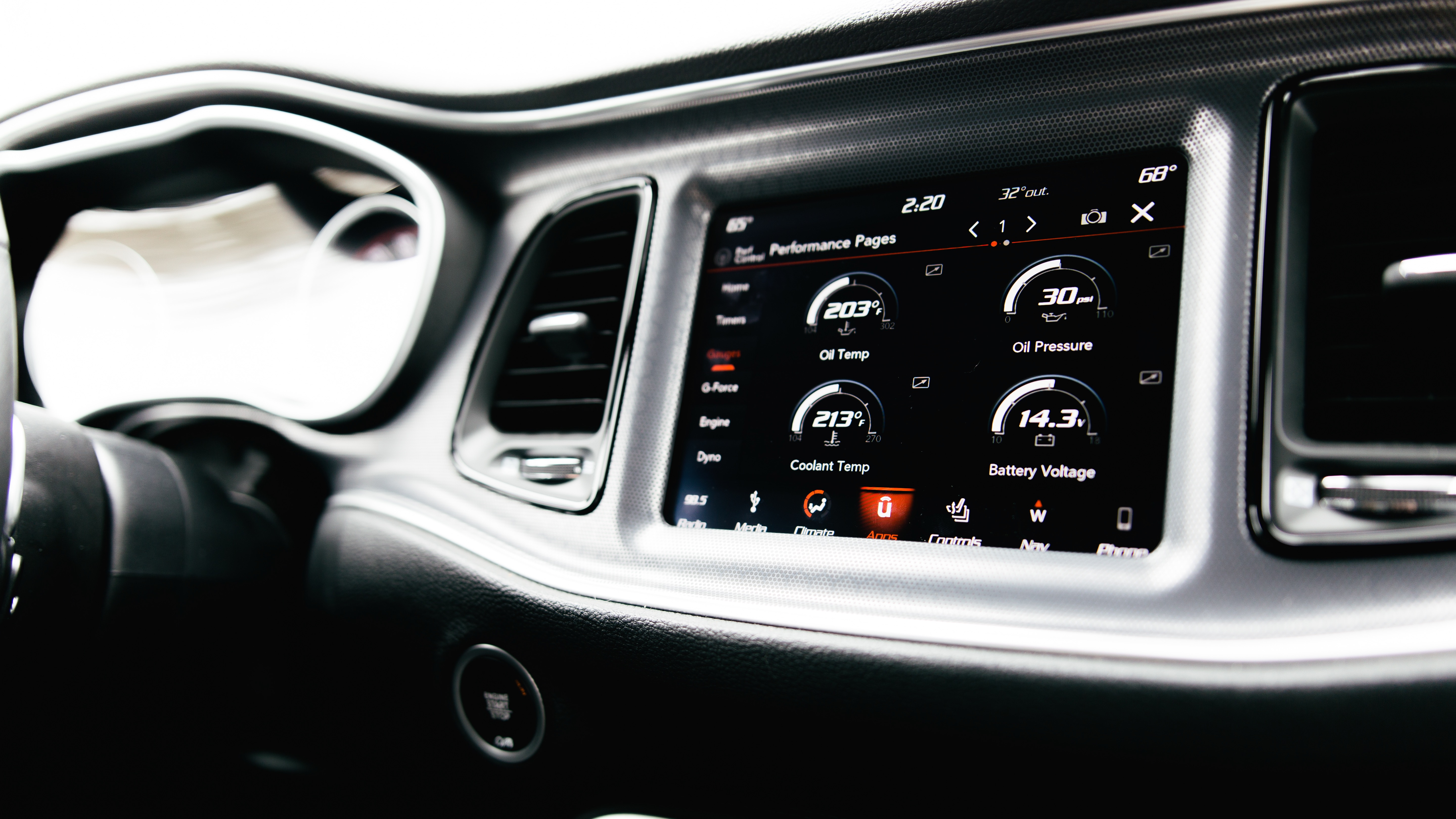
It’s hard at this stage to imagine how this might work, but we could also adjust these settings remotely if we decide to send an autonomous car to pick up family members or even move the car from one location to another on its own.
There’s a level of control that, for now, is pure entertainment and related to car performance, but cars might act more like computers we can set with specific parameters, and we can tweak settings to behave exactly as we want them to (and save the results).
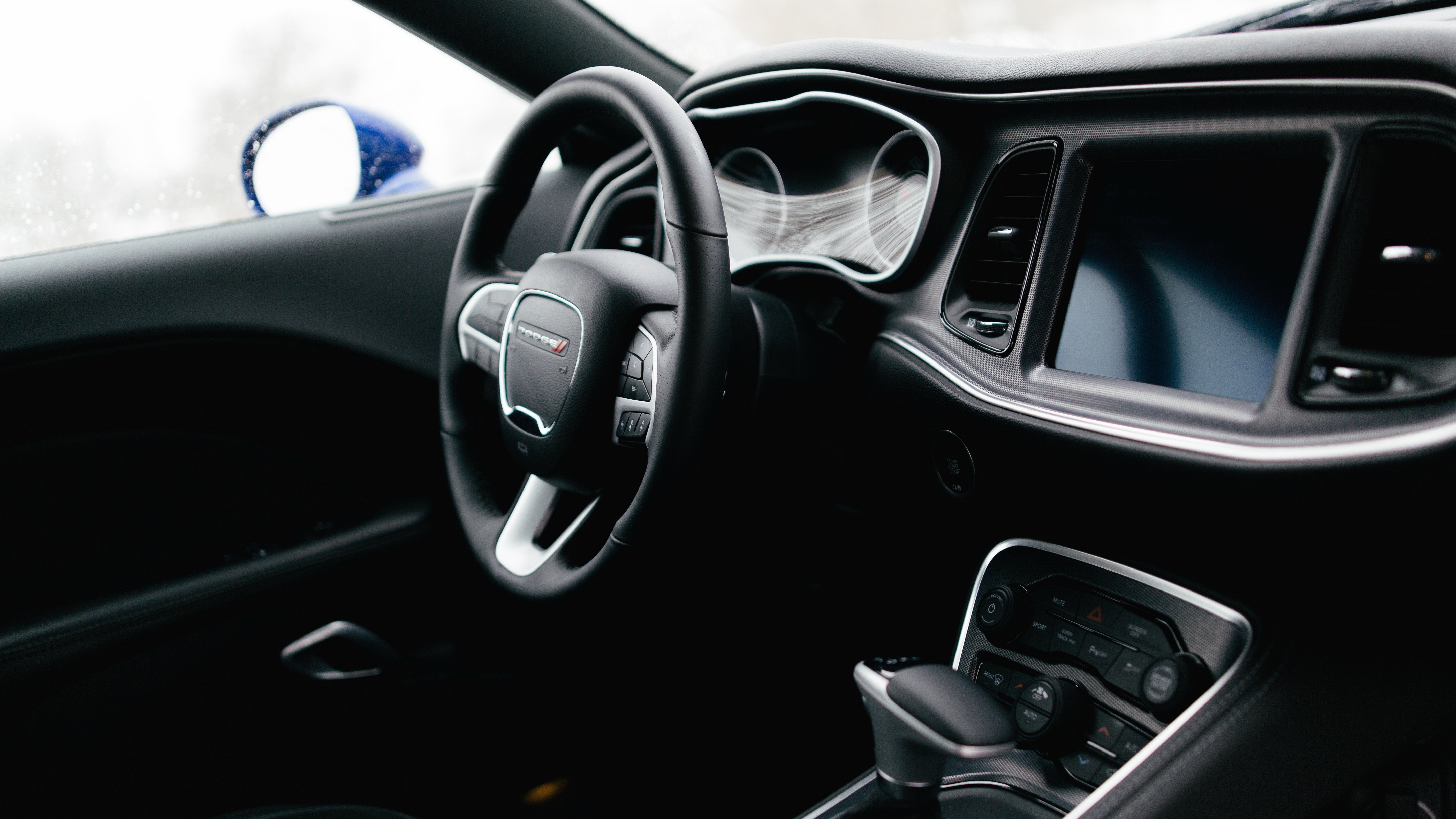
“Performance Pages is an application that provides a display for performance indicators, as received from the instrument cluster that will help you gain familiarity with the capabilities of your vehicle in real-time,” says Loren Trotter, a Dodge Challenger Engineer. “This data can be downloaded to a USB stick, allowing for easy sharing of your driving performance.”
“These gauges allow drivers to monitor and assess their vehicle by providing current information and reacting accordingly,” he added. “You would not want to hit high RPMs until the oil is warmed up as it is good to have all fluids up to normal operating temperature before driving aggressively. This would normally be important in competitive driving situations. The gauges also allow the driver to make sure the fluids are not getting too hot during aggressive driving.”
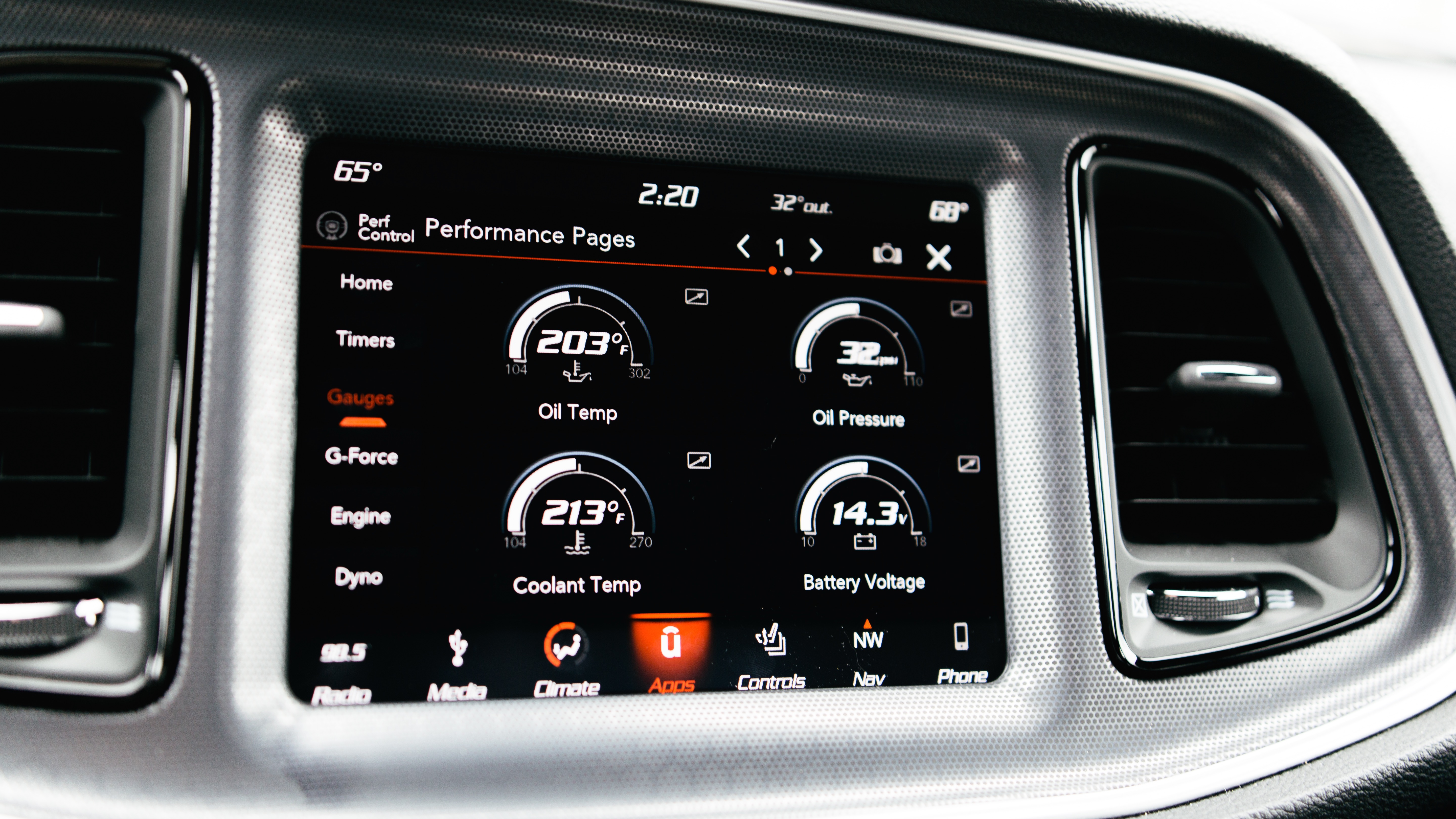
The Challenger does let you take a snapshot by clicking a small camera icon and save the image, and you can save the performance test results, like 0-60 acceleration, and then review your times.
It’s not quite as entertaining as the option on a 2018 Cadillac CT6 that lets you record video from the front of the vehicle during performance tests, but for anyone who likes to pour over stats and figures, comparing results, it’s a fun diversion.
Someday, it might even become a helpful feature in an autonomous car.
On The Road is TechRadar's regular look at the futuristic tech in today's hottest cars. John Brandon, a journalist who's been writing about cars for 12 years, puts a new car and its cutting-edge tech through the paces every week. One goal: To find out which new technologies will lead us to fully autonomous vehicles.
- These are the best dash cams around
John Brandon has covered gadgets and cars for the past 12 years having published over 12,000 articles and tested nearly 8,000 products. He's nothing if not prolific. Before starting his writing career, he led an Information Design practice at a large consumer electronics retailer in the US. His hobbies include deep sea exploration, complaining about the weather, and engineering a vast multiverse conspiracy.
